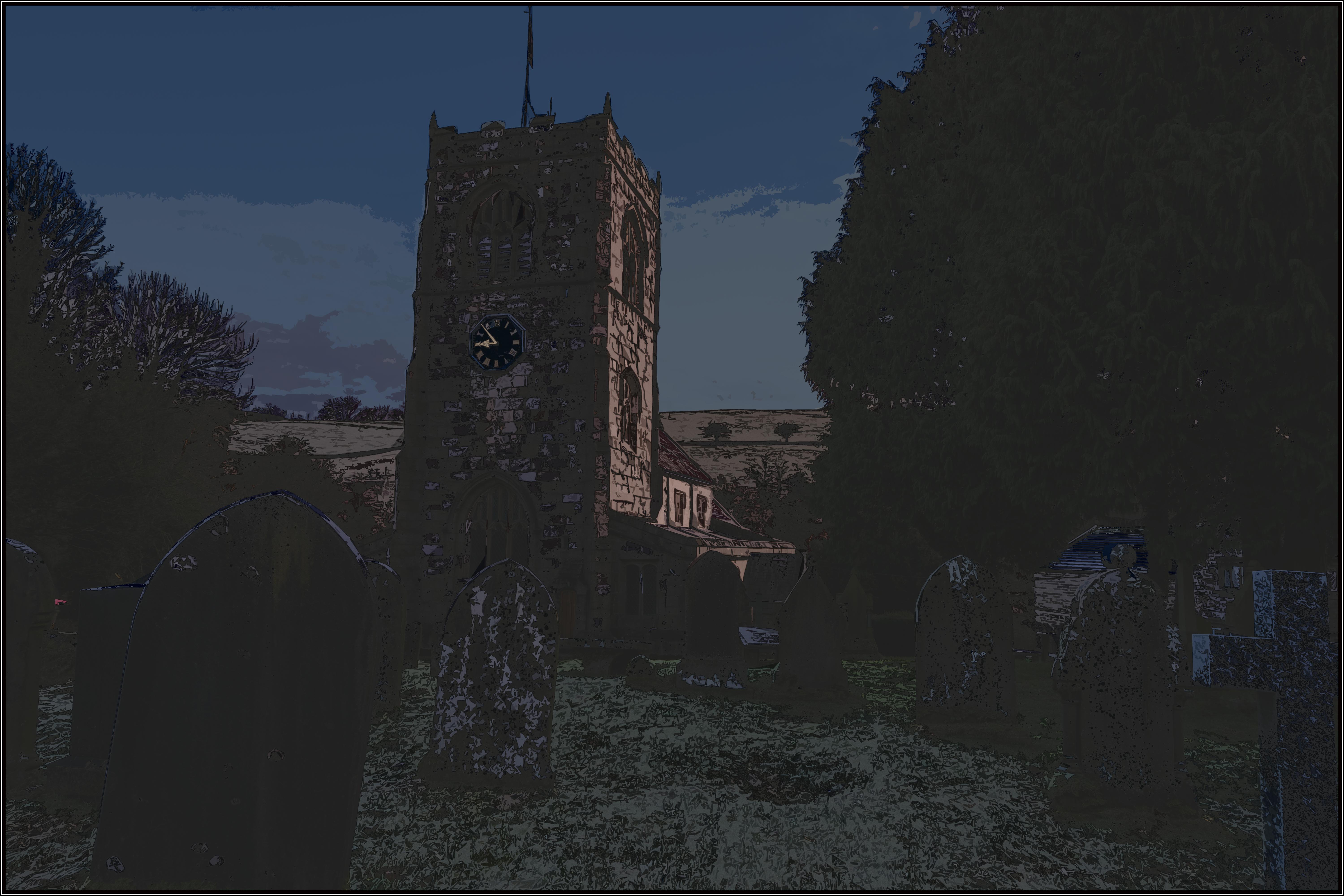Magna Pestilencia
La Mort Innocente
Late autumn of 1657 AUC brought a strong harvest to the south of Francia, especially in red grapes, Savagnin Blanc, fruits, and earthen vegetables. Though many, correctly, forecasted a severe oncoming winter, stocks were full. So full in fact, ports along the Mediomare swelled with waiting ships, eager to unload and return to points east and south with the bountiful goods. A small flotilla of ships, likely from Constantinople and therefore even further east, docked for some three weeks, trading and politicking before readying to leave. Days before their final departure, a strange sickness overtook first the crew, and later, the dockers and customs agents.Slow and Debilitating
Initially dismissed as merely a light inflammation of the humors, the various ship captains forced their crews back to work, and by so doing, further spread the already highly contagious sickness throughout the fleet. By the beginning of winter, three of the four major Francia ports would be decimated, with little to no crews to run day to day operations. Families would soon be impacted, then the town councils, and later, even the livestock. Unlike other ailments of the era, Magna Pestilencia as it was not yet known as, indeed could be deadly but took a long time for full symptoms to develop.God of Luck
Once contracted, the sickness typically unveils itself in one of two ways. The infected always get sick, fever, weakness, abdominal pain, chills, and most especially enlarged, bulbous, nodules that begin under the arm or in the groin but later spread to most parts of the body. It is here, usually after two to three weeks of suffering, that the person either begins to feel much better despite outward appearances, or the condition worsens. Ironically, the worsening condition, nearly always accompanied by a new and extremely high fever, is a sign the person may survive. It is believed the other symptom, feeling improvement, is the body's way of readying itself for death. Nearly always, once a patient says they are actually beginning to feel better, they die soon thereafter. The others, if they survive the hallucinations that accompany the second bout of fever, can expect to live. Though the nodules may shrink some, they will live forever with joint pain, disfigurement, and reoccurring abdominal pain. However, most are able to live long lives despite these conditions.Transmission & Vectors
Droplets expelled from an infected person's mouth, or contact with excrement, have been known to transmit the virus. Additionally, livestock handlers and butchers seem to be at a higher risk, though no one seems to know why.
Treatment
Bloodletting has proven ineffective, as both those with and without the extreme fever have passed. Pilgrimage to holy sites is often recommended if the person is well enough. Christian relics are believed to advance the second set of conditions in a positive way. After journeying to a place like Abbey of Sainte Marie Madeleine, the monks there will make a small incision in the forehead and insert a piece of the relic under the skin. They will then close the wound for a period of days, and pray over the individual. Various Monks and holy men claim the effectiveness of this method, while also using the traffic at their monasteries to expand their influence.
Though not always deadly, Magna Pestilencia flares at particular times of the year, mostly in the autumn months, and has been known to destroy entire villages and countryside's if the inhabitants are unlucky, or perhaps, unjust. Most people with sense fear the disease, or at least, respect it.
I'm feeling quite better actually. My hope is the deformities cast upon my face - and most egregiously beneath my arms and other . . . less desirable places - will prove to be temporary at best, or will at least dissipate at worse. Regardless, I believe I'll be ready to set off shortly, and plan to meet you and your brother as we prepare the invasion of that infernal island, once and for all Letter from Philip IV to his son Louis. He would be dead before Louis received the dispatch
Type
Bacterial
Origin
Natural
Cycle
Short-term
Rarity
Uncommon




Comments